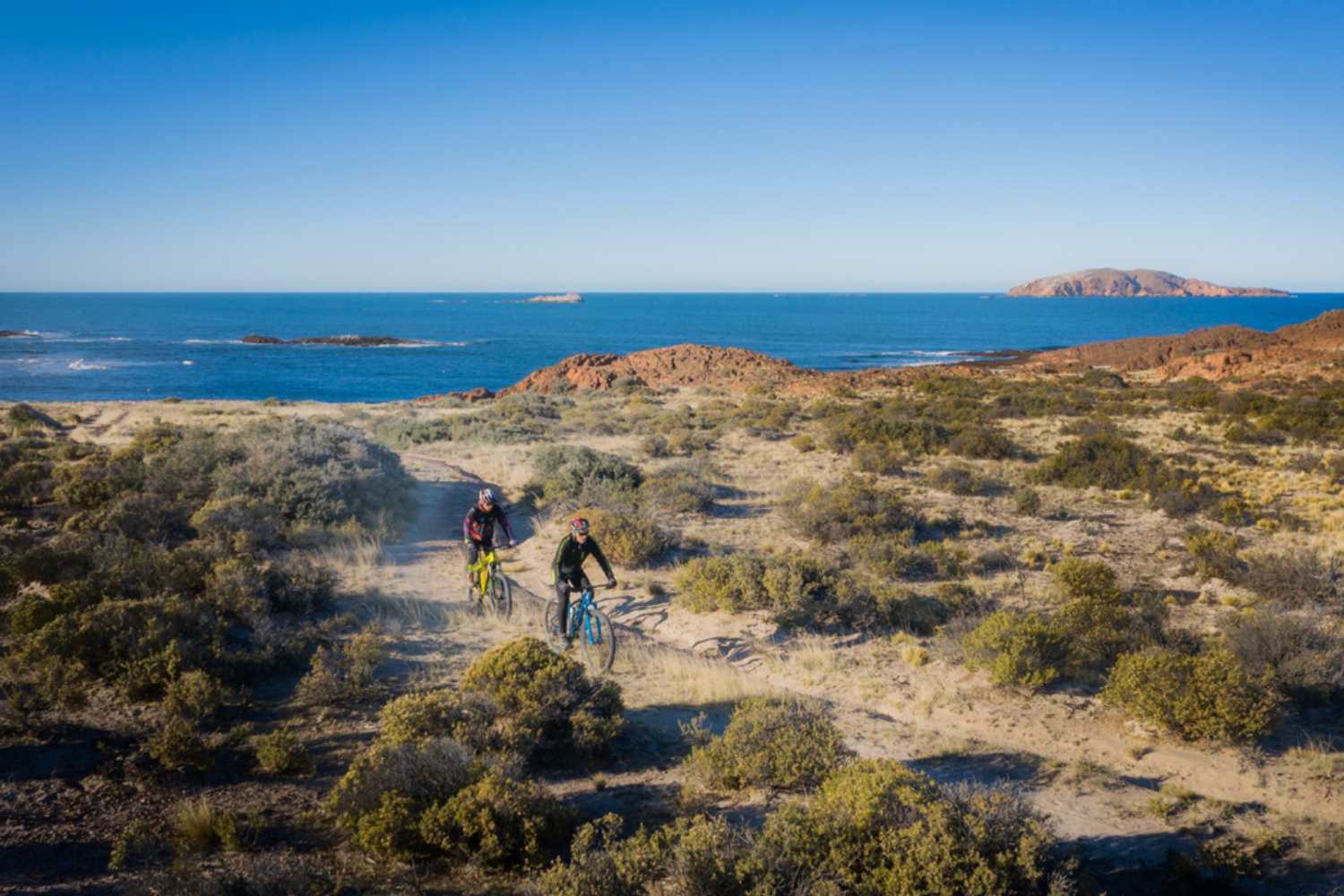Argentina launches its largest coastal reserve, Patagonia Azul, protecting marine biodiversity while promoting eco-tourism and supporting global conservation goals.

@Patagonia Azul Project
Along the wild southern coast of Argentina, something quietly remarkable is happening. With Patagonia Azul, the country has drawn a new line in the sand—one that favors whales over trawlers, penguins over profits.
Argentina’s largest coastal reserve just got bigger
Patagonia Azul is now the largest coastal protected area in Argentina, covering nearly 300,000 hectares (roughly 741,000 acres). It stretches along a biologically rich stretch of the South Atlantic, from Cabo Dos Bahías down to the southern reaches of Bahía Bustamante. This expanse includes kelp forests, marine cliffs, sheltered bays, and seafloors teeming with life.
The reserve is more than just a map redraw. It’s a strategic conservation move led by the Ministry of Tourism and Protected Areas of Chubut province, aiming to safeguard one of the planet’s most distinctive marine ecosystems. The region hosts marine megafauna such as humpback whales, orcas, Commerson’s dolphins, sea lions, and an astonishing variety of seabirds—including the beloved Magellanic penguin and the elusive pato vapor, a species seen as a bellwether for overall environmental health.
A “no-take” zone for ocean life to breathe
At the center of Patagonia Azul lies a “no-take” zone—a place where all fishing, whether recreational or commercial, is strictly prohibited. This is where the ocean gets a breather. The boundaries of the park were drawn using simple geometric lines to make monitoring easier and to clamp down on illegal fishing, a challenge that still haunts the vast Argentine continental shelf.
This decision isn’t just about drawing lines; it’s about redrawing relationships—between humans and oceans, between short-term gain and long-term sustainability.
A natural park that works for the people
What sets this reserve apart is its dual mission: protecting nature while boosting local economies. At the town of Camarones, plans are already underway to create a gateway to the park: “Portal Isla Tova”, a hub for ecotourism and science, complete with trails, lodging, research facilities, and activities like kayaking and guided hikes.
The project has received a major boost from the Rewilding Argentina Foundation, which donated over 18,000 hectares (about 44,480 acres) of former private land to help establish this access point. The idea is simple but powerful: let nature thrive, and communities will too.
One more step toward the 30×30 global goal
By adding to the network of 16 existing protected areas in Chubut, Patagonia Azul also moves Argentina closer to meeting the 30×30 global target: protecting 30% of the world’s land and ocean ecosystems by 2030.
In a world where marine ecosystems are under relentless pressure, Patagonia Azul offers a glimpse of a different future. As the lines between conservation, science, and community development blur in the best possible way, this park becomes a replicable model—one that proves environmental protection and economic resilience don’t have to be at odds.
As the Rewilding Argentina team puts it, “La naturaleza no necesita que la salvemos, necesita que la dejemos vivir.”
Source: Patagonia Azul Project
